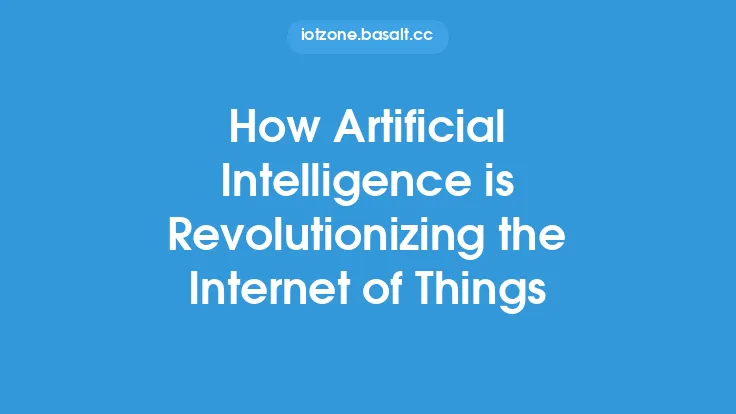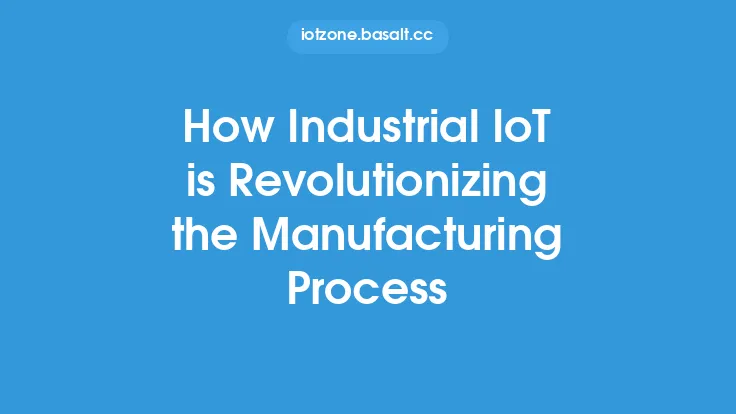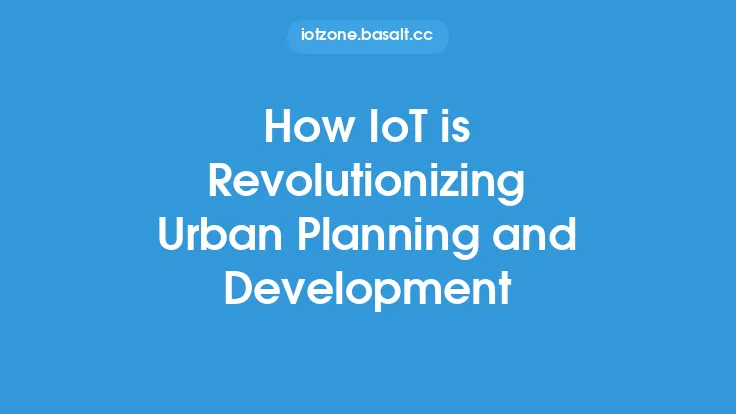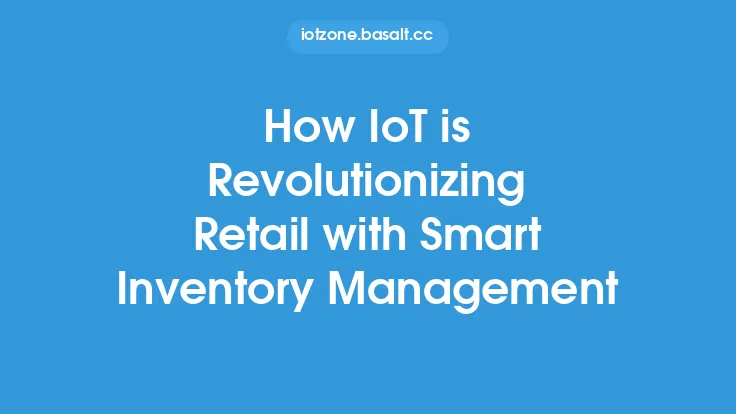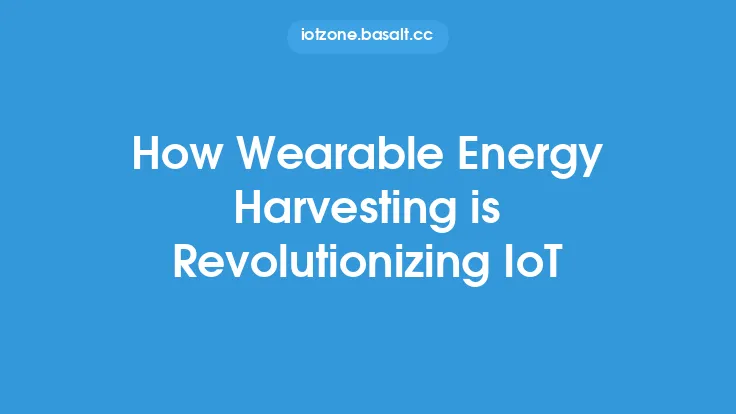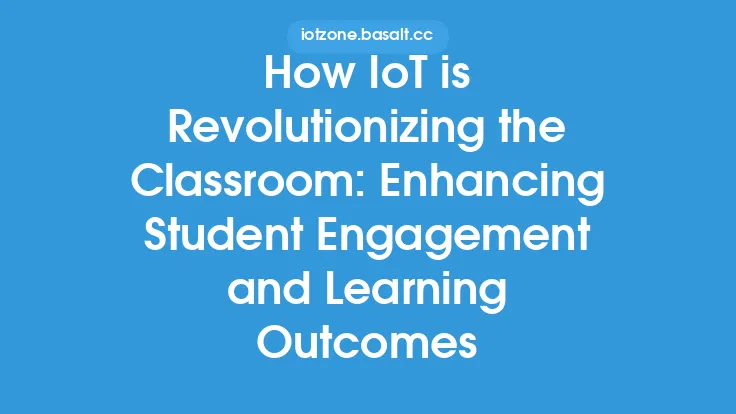The transportation industry is one of the most critical sectors in the global economy, with millions of people and goods moving around the world every day. The industry has undergone significant changes in recent years, driven by advances in technology, shifting consumer behaviors, and the need for more efficient and sustainable operations. One of the key technologies driving this transformation is the Internet of Things (IoT), which is revolutionizing the transportation industry in numerous ways.
Introduction to IoT in Transportation
IoT refers to the network of physical devices, vehicles, and other items that are embedded with sensors, software, and connectivity, allowing them to collect and exchange data with other devices and systems. In the transportation industry, IoT is being used to connect vehicles, infrastructure, and logistics systems, enabling real-time monitoring, analysis, and optimization of transportation operations. This includes the use of sensors, GPS, and other technologies to track vehicle location, speed, and performance, as well as to monitor traffic conditions, weather, and other environmental factors.
Key Applications of IoT in Transportation
There are several key applications of IoT in transportation, including vehicle telematics, smart infrastructure, and logistics management. Vehicle telematics involves the use of sensors and GPS to track vehicle performance, location, and other parameters, enabling real-time monitoring and optimization of vehicle operations. Smart infrastructure, on the other hand, involves the use of sensors and other technologies to monitor and manage traffic flow, traffic signals, and other infrastructure systems. Logistics management involves the use of IoT to track and manage the movement of goods, including the use of sensors to monitor temperature, humidity, and other environmental conditions.
Benefits of IoT in Transportation
The benefits of IoT in transportation are numerous and significant. One of the most important benefits is improved safety, which is achieved through the use of sensors and other technologies to monitor vehicle performance, driver behavior, and other factors. IoT also enables real-time monitoring and optimization of transportation operations, which can help to reduce congestion, lower emissions, and improve travel times. Additionally, IoT can help to improve the efficiency and productivity of transportation systems, which can lead to cost savings and increased competitiveness.
Technical Requirements for IoT in Transportation
The technical requirements for IoT in transportation are significant, and include the need for reliable and secure connectivity, advanced data analytics, and robust sensor and device management. This includes the use of cellular networks, Wi-Fi, and other wireless technologies to connect vehicles and infrastructure, as well as the use of cloud-based platforms and data analytics software to process and analyze the large amounts of data generated by IoT devices. Additionally, IoT devices and systems must be designed to meet the unique demands of the transportation industry, including the need for ruggedness, reliability, and security.
Challenges and Limitations of IoT in Transportation
Despite the many benefits of IoT in transportation, there are also several challenges and limitations that must be addressed. One of the most significant challenges is the need for standardization and interoperability, which is essential for enabling the seamless exchange of data between different devices and systems. Additionally, IoT devices and systems must be designed to meet the unique security and privacy requirements of the transportation industry, which includes the need to protect sensitive data and prevent cyber attacks. Finally, the deployment of IoT in transportation requires significant investment in infrastructure, devices, and software, which can be a barrier to adoption for some organizations.
Real-World Examples of IoT in Transportation
There are many real-world examples of IoT in transportation, including the use of vehicle telematics to track and manage fleet operations, the use of smart traffic management systems to optimize traffic flow, and the use of logistics management systems to track and manage the movement of goods. For example, the city of Singapore has implemented a smart traffic management system that uses sensors and data analytics to optimize traffic flow and reduce congestion. Similarly, companies such as UPS and FedEx are using IoT to track and manage their fleet operations, which has helped to improve delivery times and reduce costs.
Future of IoT in Transportation
The future of IoT in transportation is exciting and rapidly evolving, with new technologies and applications emerging all the time. One of the most significant trends is the increasing use of artificial intelligence (AI) and machine learning (ML) to analyze and optimize transportation operations. Additionally, the use of IoT in transportation is expected to become even more widespread, with the number of connected devices and systems growing exponentially in the coming years. Finally, the development of new technologies such as 5G networks and edge computing is expected to enable even more advanced and sophisticated IoT applications in transportation, including the use of real-time video analytics and autonomous vehicles.
